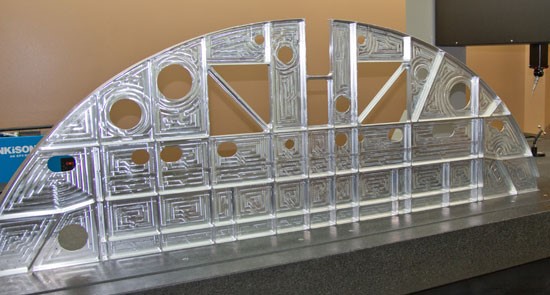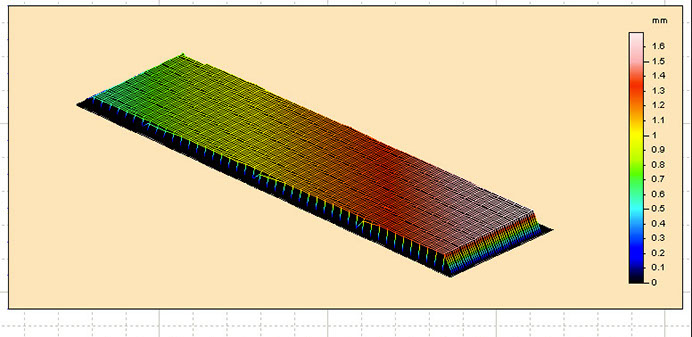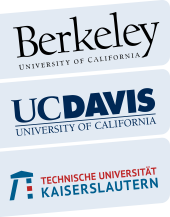

RESEARCH PROGRAM
Title: Machining Distortion due to Residual Stresses in Quenched Aluminum
Name: Destiny R. Garcia 
E-Mail: desgarcia@ucdavis.edu
Phone: +1 – 707 – 419 – 9913
Project description:
Starting situation / Motivation
Machining distortions have been present in industry for many years. Distortions in manufacturing and or machining can be defined as any deviation from the required dimensions for that manufactured part. These distortions are caused by the induced stresses inside the material caused by material processing. The material process in this research project is quenching, a heat treatment process for making a material harder. Internal residual stresses present issues in manufacturing by causing the part to distort or re-equilibrate after material has been removed. These re-equilibrations are what cause the distortions to appear in many manufactured parts whether it be in the aerospace, automotive, or general manufacturing industry. The motivation of this research project is to investigate distortion in quenched aluminum parts representing scaled down versions of industrial applications (i.e. aerospace industry monolithic components). This research project hones in on two aspects: experimental machining and machining simulations to predict and minimize distortion for all types of initial residual stresses.
Approach
In order to begin this research, simple models will be key in understanding distortion and its behavior. Aerospace components are usually monolithic, or machining from one stock piece of material and machining away a large percentage of the total block. For simple cases, using prismatic 3D shapes such as U, T, and L to represent simple aerospace structures will be machined and simulated. In addition, using simple bending moment equations from engineering mechanics, one can predict the bending/distortions present in a given model by simple calculations for these simple shapes seen in mechanics.
After the simple shapes are studied with respect to their distortion, more complex shapes such as pockets and intricate designs of queched aluminum parts will then be further investigated. The goal of this project is to have a single model for predicting distortion of both simple and complex shapes with all incoming backgrounds of initial residual stresses.
Expected Results
The goal of this project again is to have a single model to predict the distortion for all sorts of shapes and initial residual stresses. We expect to see simple predictions for the simple models that are found in mechanics of materials courses. We expect to also gain insight on not only predicting distortion but also preventing distortion for manufacturers across the globe. The results of this project aim to help in the reduction of scrapped parts and re-worked parts used in industry and to create a better overall production of machined parts.



